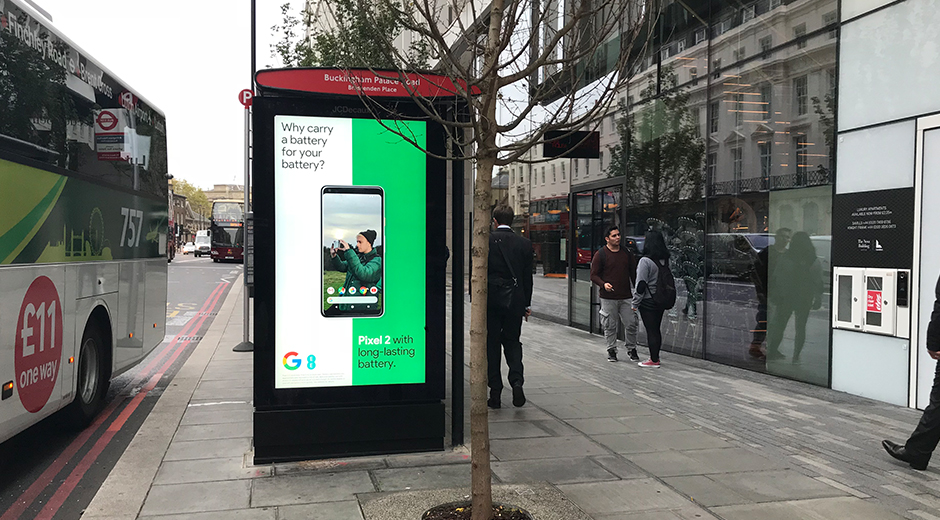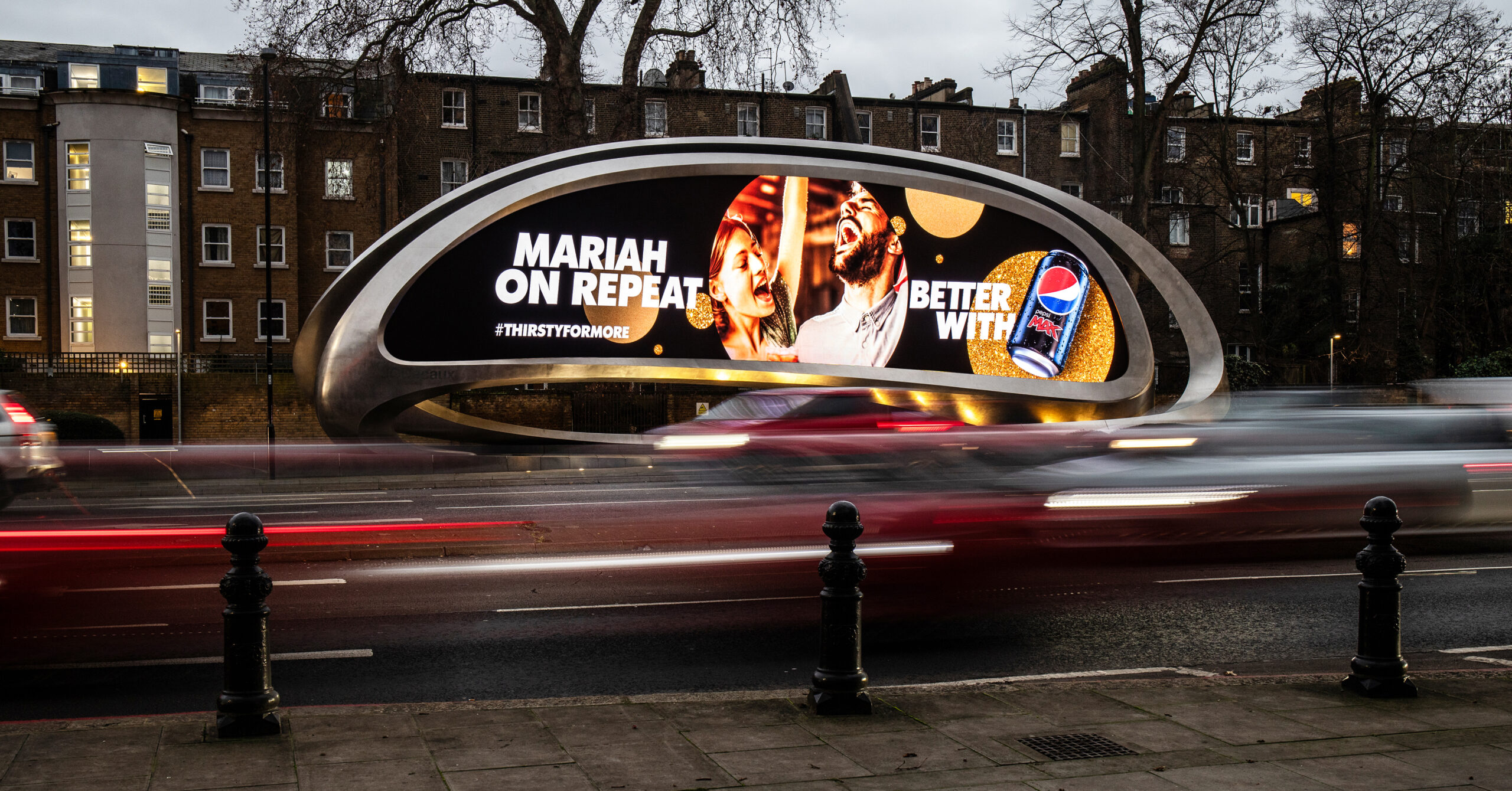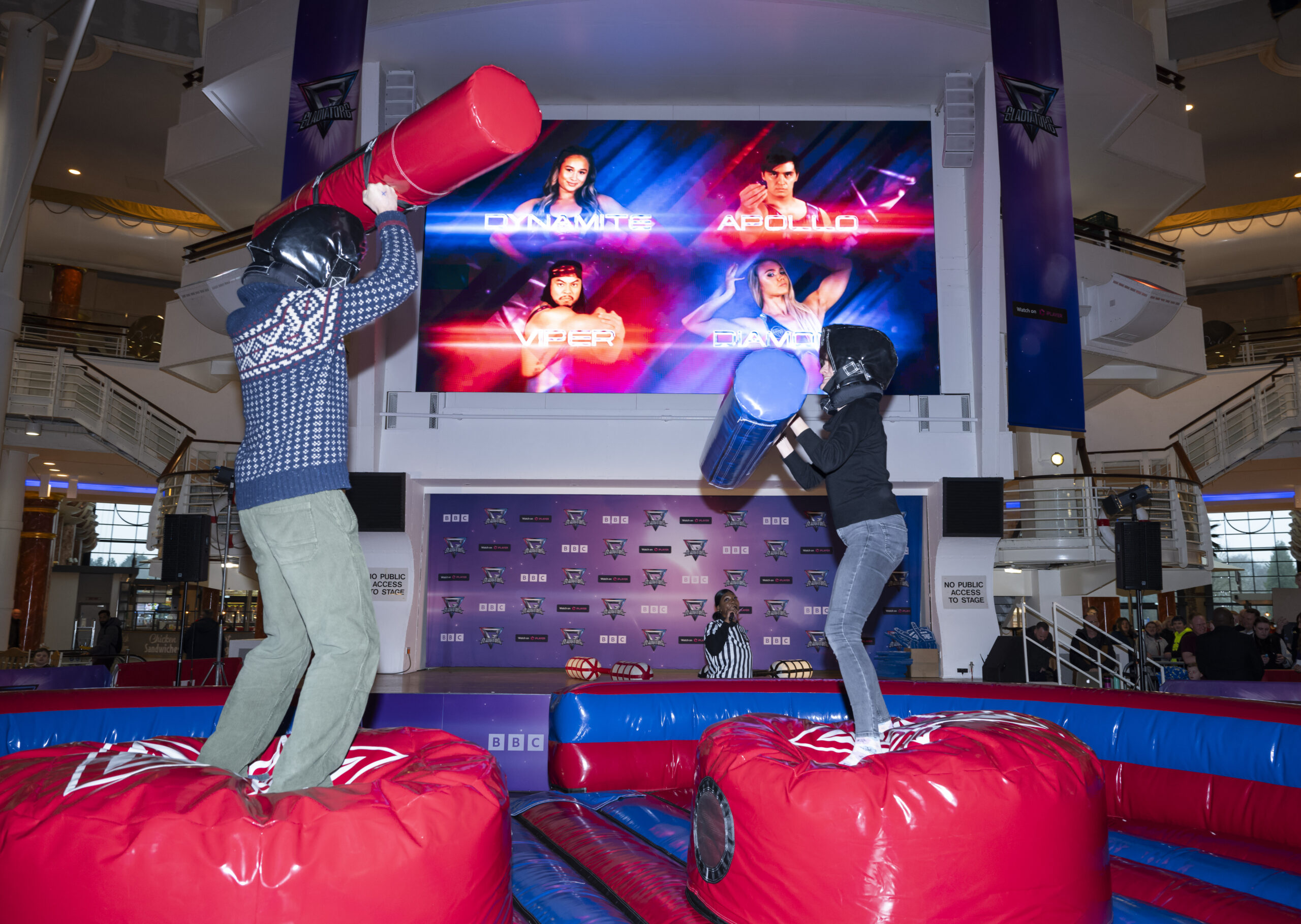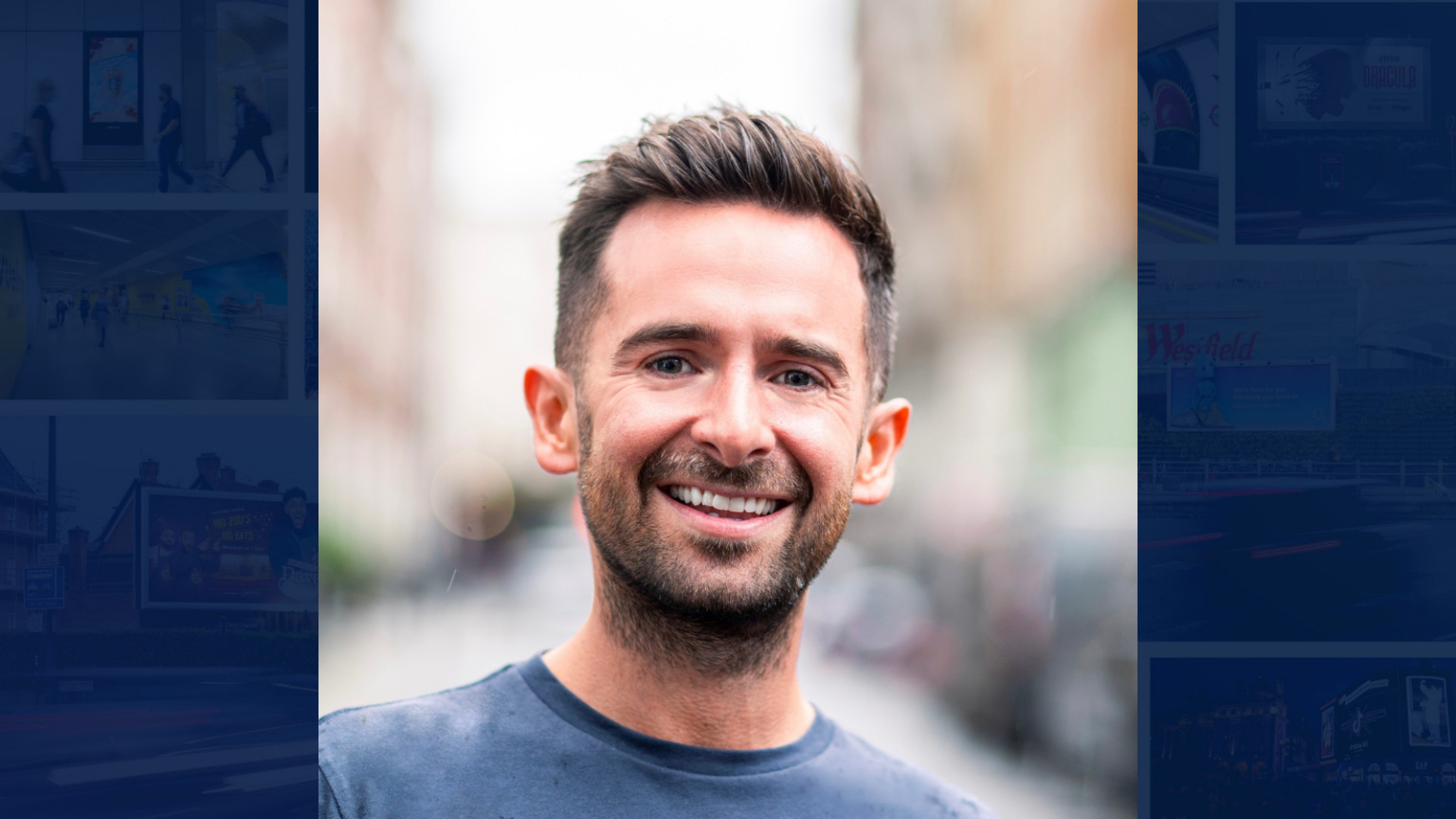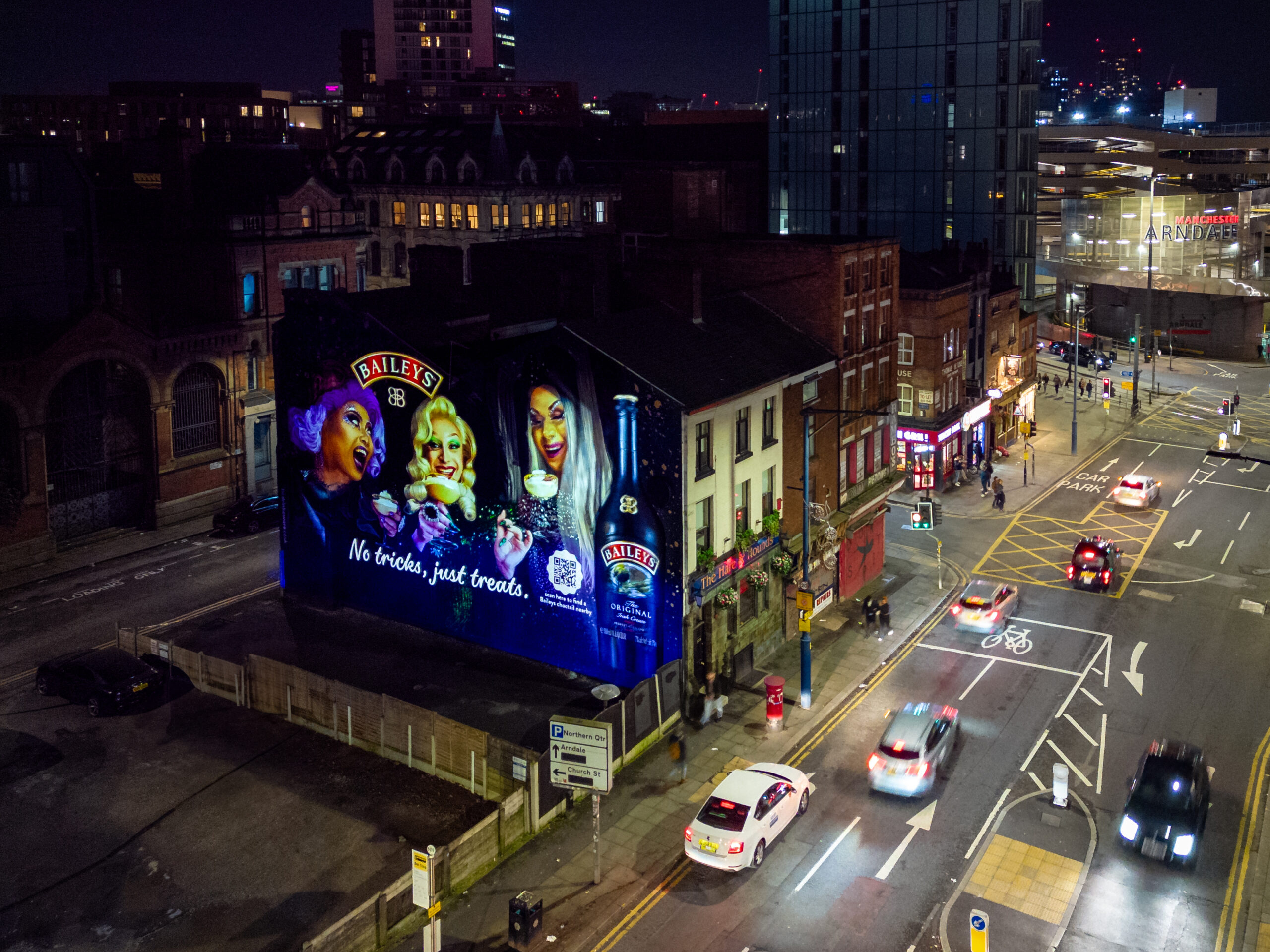Google Launches Data-Driven Roadside Campaign to Promote Google Pixel 2
Google is launching a tactical, data-driven digital OOH campaign to promote its second-generation smartphone, Pixel 2. The campaign uses location, audience, traffic, and moment specific data, to run contextual messaging across road, transit, and retail locations in a nationwide push from 6th November – 18th December, followed by a Christmas specific push which runs through to 31st December.
Created by BBH and produced by Grand Visual, the campaign highlights 5 key features of the new Google Pixel 2; Assistant, Lens, Storage, Battery, and Camera. The campaign brings each feature to life by responding to conditions at each location to trigger the most appropriate feature in that moment and to contextualise creative at a city and even fashion, food or nightlife hub. The campaign also takes into account, traffic delays, time of day and key dates such as Bonfire Night and New Year’s Eve to provide relevance in its messaging.
On Friday night, for example, digital billboards close to nightlife hotspots could ask “Did my nightlife just get brighter?” whilst displaying the Pixel 2 with low-light camera. Alternatively, heavy traffic at roadside and transit locations could trigger creative for Google Assistant and query “Could it win me points for punctuality?” with an image of someone running for transport. All photo imagery used in the campaign was shot on a Pixel 2 and taken by fashion and food influencers.
On London bus lines, digital, geo-targeted side panels will display messages such as “Pixel 2, now at an EE store in Hackney” will display and adjust depending on the neighborhood or particular landmark the bus is passing.
The media was planned and booked by OMD and Talon and spans 8 cities and 7 different media owner inventories. To enhance the contextual relevancy of the campaign, artwork is dynamically triggered through OpenLoop which integrates traffic, rail, time of day, and location data, and automates the delivery of specific creative when predefined conditions are met.
Dan Dawson, Chief Creative Technology Officer at Grand Visual, said:
“Using data to inform digital OOH creative keeps messages targeted and useful throughout the consumer journey. By exploiting the context effect, Google has created a compelling call to action that is aligned with the consumer mindset.”
